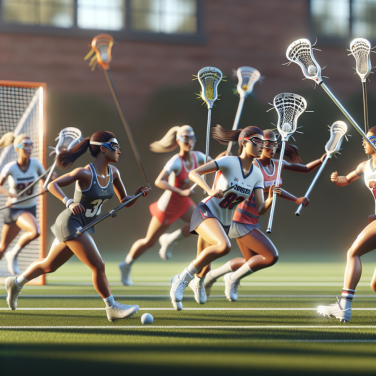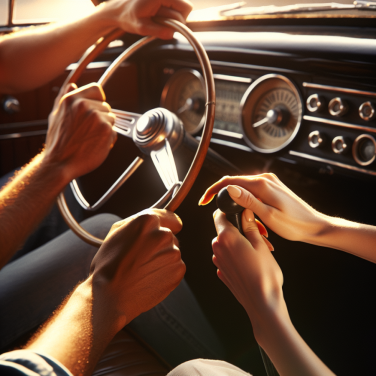Exploring the Thrills of Paddle Sports: An Introduction to Padiddling
Padiddling, a term that playfully combines "paddle" with "diddling," can be seen as an overarching term for a variety of paddle sports, encompassing activities such as kayaking, canoeing, paddleboarding, and even dragon boat racing. Each sport offers its own unique set of thrills and challenges, allowing enthusiasts to explore waterways from serene lakes to rushing rivers.
**The Lure of Paddle Sports**
Paddle sports draw people in with the promise of adventure, physical fitness, and a deep connection with nature. Whether you're slicing through glassy water at the crack of dawn or navigating the choppy waves of a wind-stirred lake, the intrinsic rewards of these activities are vast. Paddling allows for a unique perspective of the environment, often unreachable by other means, and the silence of the experience promotes a sense of tranquility, even in the midst of intense physical exertion.
**Health Benefits and Fitness**
Paddling sports are not just about the thrill; they are recognized for providing substantial health benefits. Engaging in these activities can enhance cardiovascular health, improve strength and flexibility, particularly in the upper body, and bolster endurance. The repetitive nature of paddling also offers a rhythmic meditation that can be soothing for the mind, reducing stress and improving mental clarity. Whether you choose a stand-up paddleboard for a core-strengthening workout or a kayak for a vigorous cardio session, padiddling fits seamlessly into a healthy lifestyle.
**Gear and Equipment**
To begin your venture in padiddling, selecting the right gear is crucial. For novices, it might be best to start with rentals or guided tours where equipment is provided. As one becomes more committed, investing in personal gear, such as a paddle tailored to arm length and boat width, a comfortable personal flotation device, and a suitable craft for the chosen body of water, becomes important. Seasoned paddlers know that the right gear can greatly enhance the paddling experience, allowing for longer, more frequent, and enjoyable outings.
**Techniques and Skills**
It's critical to acquire a certain level of skill before taking on challenging conditions. Basics such as the forward stroke, reverse stroke, and sweep stroke are foundational. Mastering bracing and maneuvering techniques like edging helps prevent capsizing. For those interested in white-water paddling or sea kayaking, specific training and understanding of water dynamics are essential.
Read also:
Mastering the Field: Strategies for Women's Lacrosse Dominance
Mastering the Paddle: Techniques and Tips for Padiddling Enthusiasts
Padiddling, the art of deftly manipulating a paddle while engaged in various paddle sports, requires a mastery of several key techniques to enhance one's performance and enjoyment. Avid enthusiasts always seek to refine their skills, and here we'll delve into strategies that can take your padiddling to the next level.
Firstly, a strong foundation is essential, and this begins with understanding the correct grip. Whether you're kayaking, canoeing, or participating in stand-up paddleboarding, maintaining a loose yet controlled grip will give you better dexterity and reduce fatigue. Your hands should be shoulder-width apart, and thumbs wrapped around the paddle for stability. Fine-tune your grip pressure to the activity's demand; a lighter touch can improve your endurance over long distances, while a firmer grip may be necessary for rapid maneuvers.
The paddler’s body positioning is equally crucial. Your torso plays a major role in paddling techniques. Maintaining an upright posture and using your core muscles helps in executing powerful and efficient strokes. Rotate your torso as you paddle; this encourages involvement of your core muscles and protects your shoulders from strain.
Next is perfecting your stroke technique. In padiddling, efficacy is often more about precision than power. Key paddling strokes include the forward stroke, the reverse stroke, and various turning strokes like the sweep and draw. With the forward stroke, reach forward without straining and plant your paddle blade fully in the water before pulling back in a straight line close to the hull for maximum propulsion. The reverse stroke, essential for slowing down or moving backward, mirrors the forward stroke in its execution but in the opposite direction. Turning strokes, on the other hand, require an arc motion either at the front (bow) or back (stern) of the craft to effectively change direction.
Balance and stability in the water are fundamental, and practicing drills can reinforce these skills. One effective drill is to practice paddling with your eyes closed. This heightens your sense of balance and helps you focus on your body's movement and reactions to the paddle sports equipment and water conditions.
Improving your stroke transitions can greatly enhance your padiddling dynamics. Smooth transitions between forward, reverse, and turning strokes allow for graceful and efficient movement through water. This involves anticipation and a good sense of timing to reduce the loss of momentum during stroke changes.
The concept of edging and bracing should not be overlooked.




